By John Ross
You have no idea how many staff members look at the day’s schedule and start the day with a knot in their stomachs that only gets worse as the day unfolds. Their dilemma is that they can welcome and process the papers for the patient that made the appointment. They can make patients comfortable until the hygienist calls them back. The back office can ready the operatory and set out the appropriate tray. What no staffer can do is make the practitioner stick to the day’s schedule. But before we shower the dentist with eye-rolls and withering critiques, let’s look at the root of the problem.
Dentists do not arrive at the office in the morning thinking, “How slow can I go today, and what would most irritate my staff?” We have to consider that the doctor is the purpose of the client’s visit, and as such, is the ringmaster of the circus. Dentists’ plates are full and making a success of the practice is ultimately their primary responsibility. Patients like to spend time chatting with their dentists and the dentists are obligated to be pleasant and professional during a visit. If you don’t believe me, then go online and read reviews of a dentist who has no bedside manner: It is death for the practice!
What can the team do to speed things up? To begin with, the front office needs to remind patients as they sit down in the reception area, where the bathroom is, among the other amenities. As my partner, Lynette Conway has long observed, clinical staff have long griped about patients who suddenly decide to go to the bathroom on their way to the chair. If the patients are reminded where the bathroom is, then maybe they will use it WHILE waiting, instead of after they are called back. So, this is the first place that the integrity of the schedule is eroded, (five minutes here, six minutes there can add up in a hurry.)
Next, the hygienists can keep up their end of the process, by promptly cleaning and prepping the operatory between visits. It is easy to lose time, if the trays are not prepared to go or if supplies unexpectedly run out. Another problem can occur if the hygienist overruns on the cleaning. There are plenty of opportunities to run behind.
But let’s return to the dentist, who has the most opportunity to slip behind. Many dentists feel obligated to come into the cleaning and greet the patients in the chair. This is certainly nice, but can be a trap, even with the most innocuous of chats initiated by the patient. One way many dentists avoid protracted welcoming chats, is to let the cleaning get started and then stop in to say hi, and mention they will be back in just a few minutes, and then keep on going.
When the dentist comes in to do the exam, the hygienist can let the doctor/patient conversation happen but then move the dentist into the exam. The easiest way out is for the dentist to make clinical comments to the assistant thereby keeping the tone professional. It is also a good time for the dentist to sit for a brief routine treatment presentation, however, if the presentation is at all complicated or upsetting, -anything that requires extensive explanation- then the doctor should arrange for the patient to go to a private area where the designated treatment presenter can take the time to do the job in a calm and professional manner. Treatment presentation is an easy way to lose production time, when others can do the same job without blowing up the schedule.
Now, the last case, which is the one that causes the loudest gnashing of teeth for the staff: The dentist who gets snagged into a deep conversation. This is one of the more delicate processes that must done with care, and requires a certain amount of staff coordination. When the patient is intensely chatting and gets settled in for a long-winded session, there must be an organized “extraction plan” to get the doctor out of it. In the best case scenario, an assistant can stop by and tell the doctor that the next patient is ready for her/his attention. However, in more stubborn cases the staff needs to escalate by stopping in and handing a “note” to the practitioner. This is when the doctor needs to become the “victim” of her/his profession, and stops and apologizes to the patient and excuses herself/himself from the conversation to take care of a “time-sensitive matter” or “situation that needs her/his immediately attention.”
There is no trick to solving this problem, it takes organization and discipline to make it happen. It is a group effort from the waiting room to the exit of the payment process or treatment presentation. Saving a minute or two here and there makes all the difference in reducing the daily stress of the office staff and to the reputation of the office as efficient and pleasant.









